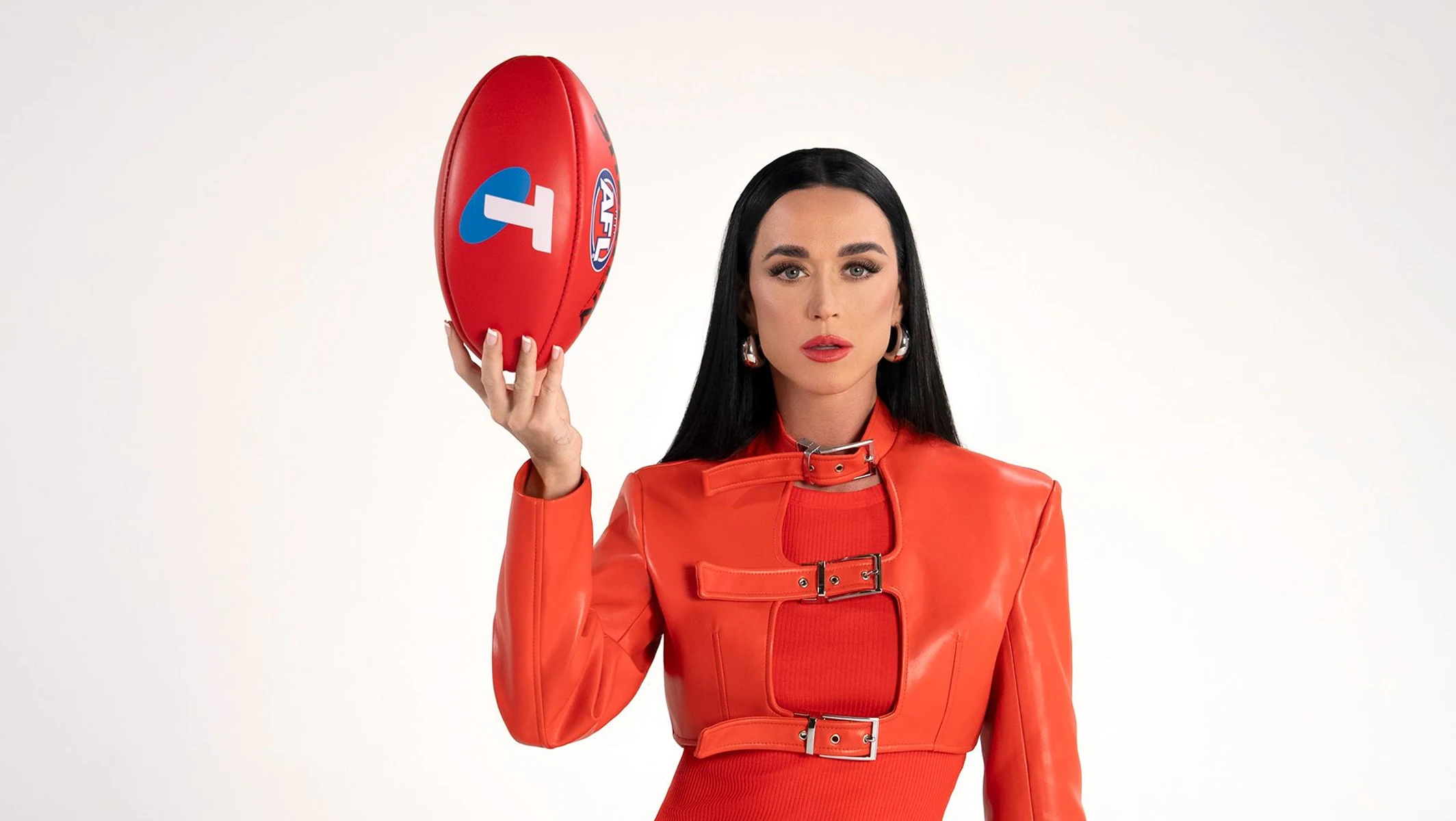A platform called Opendorse, which helps U.S college athletes attain endorsements, has released its compensation findings following college athletes being allowed to monetise their ‘name, image, and likeness’ (NIL).
Prior to rule changes, college athletes were unable to receive monetary compensation for their sporting efforts due to them being considered ‘amateur’ by the ‘National Collegiate Athletic Association’s’ (NCCA).
However, in 2019 California’s introduction of the ‘Fair Pay to Play Act’ catalysed the NCAA’s decision to finally allow athletes to monetise their NIL rights.
Due to inconsistency between each state’s NIL laws, NCAA President, Mark Emmert, said the rule change is an intermediate solution until a permanent nationally unified ruling can be determined.
“The current environment – both legal and legislative – prevents us from providing a more permanent solution…” Emmert said.
“…we will continue to work with Congress to develop a solution that will provide clarity on a national level,” he added.
Despite its intermediateness, the rule change on July 1st, 2021 allowed athletes to monetise their NIL rights by profiting from activities like signing autographs, teaching camps, selling their own merchandise, participating in advertising campaigns and monetizing their social media accounts.
The NCAA still doesn’t allow colleges or universities to pay their student athletes, however students monetizing their NIL rights has resulted in athletes across sports and conferences receiving an average of USD $500 (AUD $663.24) per athlete according to ‘Opendorse’s’ findings.
Opendorse’s report displayed the U. S’s top conferences for NIL compensation, along with data displaying the top sports and revenue avenues for NIL compensation.
When determining the top conferences for NIL compensation, the report considered the U. S’s 25 largest conferences.
To clarify, the NCAA is divided into three divisions based on scholarship allocation, with each division made up of several conferences for regional league competitions, hence each ‘conference’ is a collective of universities from different regions.
The NCAA’s oldest conference, the ‘Big Ten,’ was the top conference for NIL compensation and was also the top conference for NIL activities, meaning athletes within this conference engaged in the most monetizing activities.
The ‘Big Ten’ was followed by the ‘Big East’, ‘Big 12’ and ‘ACC’ conferences respectively in terms of NIL compensation.
Following ‘The Big 10,’ the conferences whose athletes engaged in the most NIL monetising activities were ACC, the ‘Big 12’ and ‘SEC’ respectively.
The top sports for NIL monetisation were football, which received 50.6% of the compensation share, followed by women’s basketball which attained 18.5% of the compensation share.
Men’s basketball received 15% of the total compensation share, and women’s swimming and diving received 2.4% of the NIL compensation earnt.
The sport with its athletes engaging in the most NIL activities was football, with 31.6% of the activities conducted by footballers.
8.8% of activities were conducted by baseball athletes, followed by 6.7% being undergone by men’s basketball players and a further 5.6% of NIL activities being performed by women’s netball athletes.
The Opendorse report also broke down each activity type and reported its monetary benefits.
Athletes posting content contributed to 33.9% of the NIL compensation earnt, while ‘singing something’ contributed 18.3% towards NIL compensation.
‘Other activities’ and ‘licensing rights’ contributed to 16.2% and 13.8% of athlete’s NIL compensation respectively.
Overall, men’s sports received 71.7% of the total compensation while women’s sports received 28.3%.
Finally, NCAA division one athletes received the highest compensation with each athlete earning around USD $561 (AUD $744), while division two athletes received USD $57 (AUD $75) and division three athletes earned USD $35 (AUD $46) on average.
Many brands, like Adidas, have already shown support to college athletes through the creation of NIL networks.





